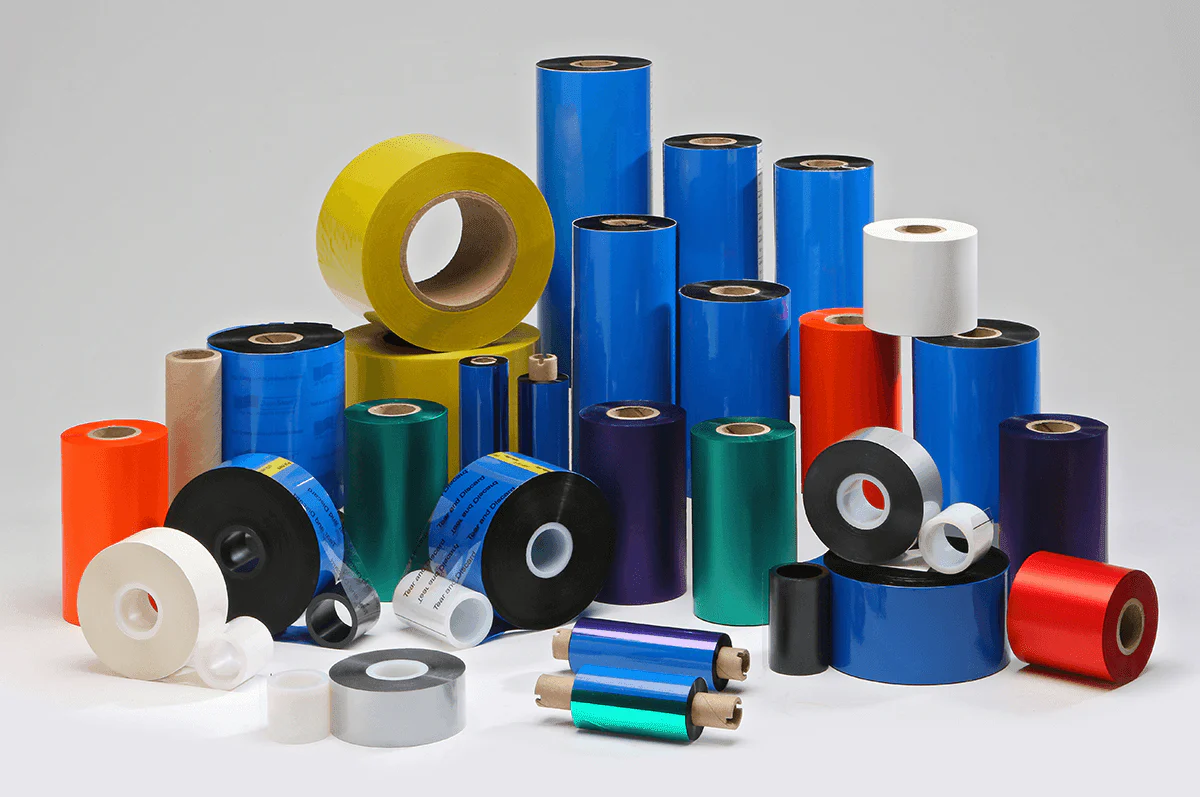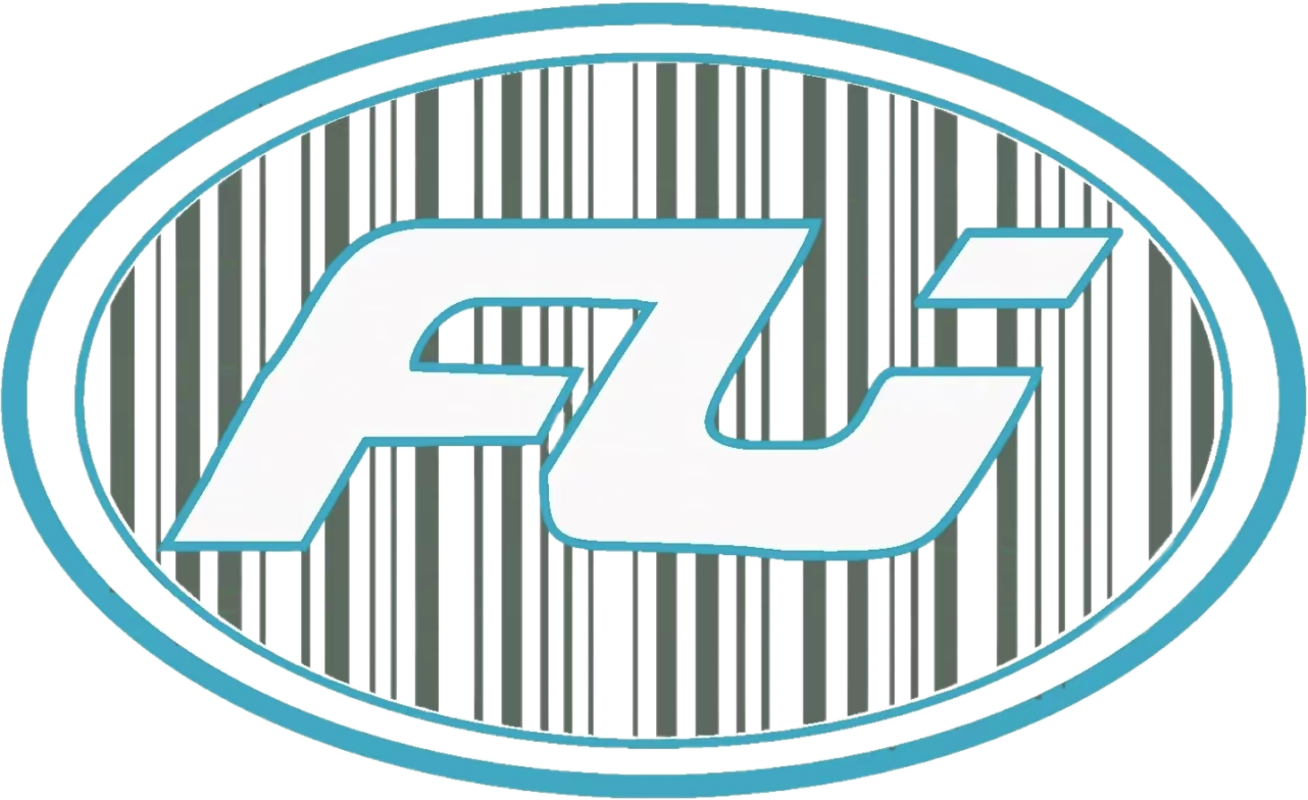In the realm of distribution and reselling, small details could either make or destroy a company. Selecting the proper label size is one important but sometimes disregarded factor. Labels are not only markers; they also are essential for inventory control, shipping accuracy, and general brand presentation. Choosing the right label size guarantees professional and unambiguous labeling of your items, therefore reducing mistakes and improving operational effectiveness.
Distributors and resellers especially need to know the significance of label size. The size of your labels must match their intended function whether you are marking warehouse shelves, big shipping boxes, or little shop items. This article will go over the elements to take into account while deciding on label sizes, their uses in several sectors, and how best to maximize your company’s operations by picking the correct size.
Why for distributors and resellers, does label size matter?
1. Enhances Identification of Products
Products are mostly identified by labels; therefore, their size is quite important for guaranteeing clarity and visibility. While one label that is too large may look unprofessional and waste materials, one that is too small could not have all the required information.
The correct label size guarantees that product details including SKU numbers, barcodes, and descriptions are easily readable for distributors keeping significant inventory levels. By cutting mistakes in shipping, packaging, and choosing, this saves time and money.
2. Improves Shipping Precision
Making sure packages get at their intended locations depends mostly on shipping labels. Without looking crowded, the label’s size must allow all necessary information—including barcodes, tracking numbers, and addresses—along with other elements.
In addition to making reading easier, a correctly sized mailing label guarantees fit for the automatic sorting systems employed by transportation companies. This lowers the chance of misdelivery and delays, therefore improving customer satisfaction.
3. Backs Marketing and Brand Building Initiatives
Labels are a great way for resellers to highlight branding components such taglines, logos, and colors. The proper label size lets you add these components without sacrificing professionalism or legibility.
Custom-sized labels can also be used for advertising, stressing specials or new product introductions. Selecting the right size will help you to guarantee that your efforts at branding are both economical and powerful.
4. Uses Resources Most Effectively and Manages Costs
Incorrect label size can cause unneeded waste and higher expenses. While those too small may need to be printed to contain missing information, labels too large use more material and may call for bigger packaging.
Choosing the right label size for every application can help you to lower waste, cut expenses, and increase the general environmental viability of your business.
Considerations for Labeling Size Choosing
1. Objective and Use
One should first give great thought to the label’s intended use. Like so:
- Product labels should be commensurate with the size of the product and feature all required information including the product name, contents, and barcodes.
- Large enough shipping labels should clearly show tracking numbers, barcodes, and addresses.
- Often bigger to provide visibility from a distance, warehouse labels may have barcodes or color coding for fast identification.
2. The Item’s Surface Area
The greatest label size that can be utilized will depend on the dimensions and form of the item under labeling. For oddly shaped objects, flexible label materials and bespoke sizes could be needed.
3. Details to Be Added
Think about the volume of data the label must show. More room will be needed for a label including thorough product descriptions, safety alerts, or multilingual language than for a basic barcode label.
4. Equipment Compatibility for Printing
Not every printing machine can run every label size. To guarantee fit with the required sizes, review the specifications of your label printer.
5. Industry Rules and Guidelines
Some businesses have particular needs regarding label sizing. While food and beverage labels must follow regulatory criteria for ingredient and nutritional information, shipping labels may have to meet carrier norms.
Typical Labels and Their Uses
1. Small Labels: 1″ x 1″ or Less
Applications include barcodes, miniature product labels, and price tags.
Advantages: Cost-effective and perfect for little objects.
Obstacles: Restricted information space.
2. Medium Labels (2” x 3” to 4″ x 6″)
Products include promotional stickers, shipping labels, and packaging.
Advantages: Versatility and fit for a broad spectrum of applications.
Difficulties: Perhaps not sufficient for big objects.
3. Big Labels (6” x 8″ or More)
Applications include big shipping boxes, pallet labels, warehouse signs.
Benefits: Quite clear and able of showing comprehensive knowledge.
Difficulties: Higher material costs and poor fit with conventional printers.
Result
For distributors and re-sellers, selecting the appropriate label size is absolutely crucial. It affects everything including branding and cost effectiveness as well as product identification and shipment accuracy. You may choose the ideal label size for your needs by weighing elements including application, surface area, and industry norms.
Understanding label sizes and their uses can not only increase your operational efficiency but also improve your customer experience by means of time investment. Recall that the appropriate label size is a strategic one meant to differentiate your company in a crowded market, not only a practical one.

FAQs
1. For shipping, what is the most often used label size?
The most often used shipping label size is 4″ x 6″. This size remains suitable with most label printers and offers adequate room for addresses, barcodes, and tracking numbers.
2. Could I apply all of them using the same label size?
Although using a single label size for several applications is feasible, it is not usually preferable. Varied chores—like shipping and product labeling—often call for varied sizes to guarantee speed and clarity.
3. How should I decide on the appropriate label size for my good?
Calculate the product’s surface area and take into account the necessary level of information inclusion. Make sure the label’s size complements the product and does not compromise its looks.
4. Does any industry have uniform label sizes?
Indeed, several sectors have accepted-standard label sizes. For instance, whereas retail price tags and barcodes have consistent dimensions for compatibility with scanners, shipping labels generally follow carrier recommendations.
5. Should I require a custom label size, what should I do?
Working with a label supplier allows you to design custom sizes if standard sizes do not satisfy your requirements. Make sure the unique measurements your printing machinery can handle.
Understanding the significance of label size and how it affects your operations will help you to make wise decisions that will help your company. Never undervalue the importance of the proper label size; it’s a little detail that can greatly impact things!
